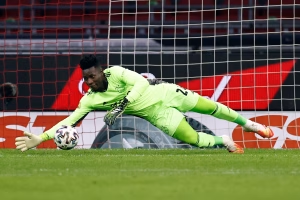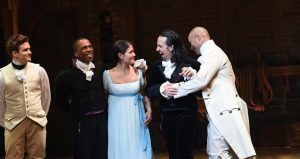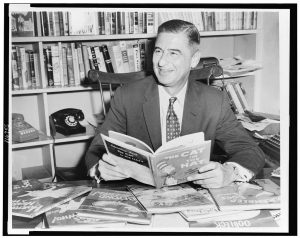The obsolete art of nineteenth century shorthand
May 13, 2022
Today, if someone needs to quickly write down what someone is saying, they can easily just type it up. Professionals, like secretaries and stenographers, can even use stenography machines which allows them to type even faster.
But before typewriter-like machines were invented and commonplace, secretaries and stenographers had to employ other handwritten methods. These were called shorthand.
There were several variations of shorthand common in the nineteenth century. Some of these were Pitman, Gregg, and Eclectic.
While all of these are different forms of shorthand, they all have some commonalities. All are phonetic alphabets, meaning they are written based on sound, and have no silent letters. They are also all composed of larger, more simplistic strokes that are easy to write quickly.
The notes produced using these methods ended up being very concise and quick to read for those familiar with them. While these shorthand writings are completely obsolete, if you’re looking for a quick way to write notes in a way very few people will be able to read, give a few of these old-fashioned shorthands a try.





